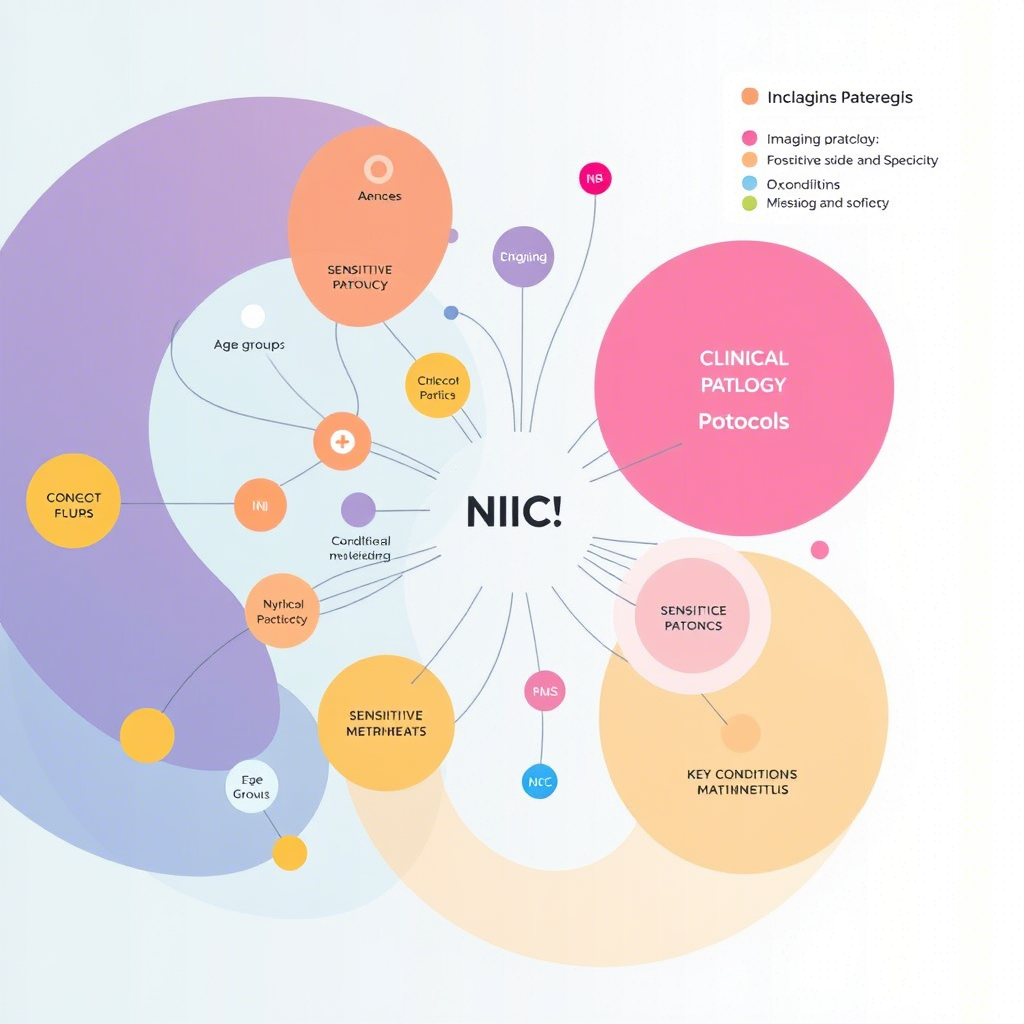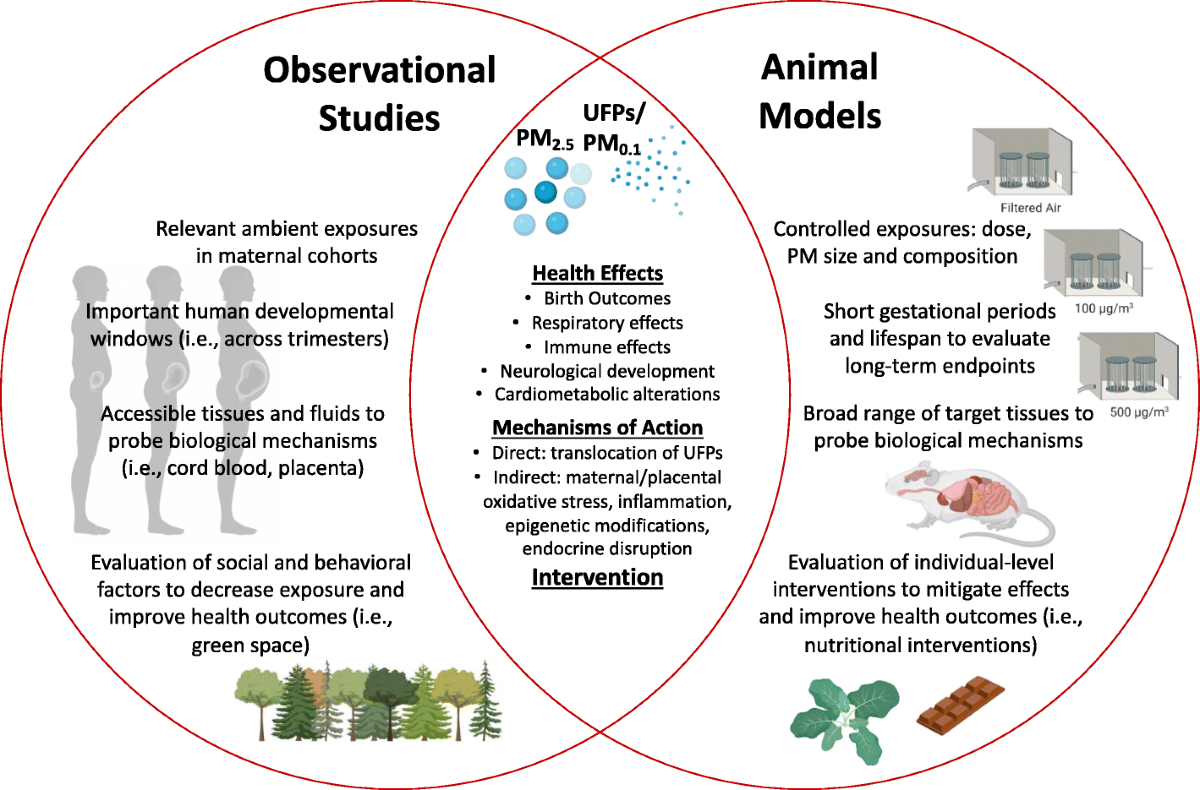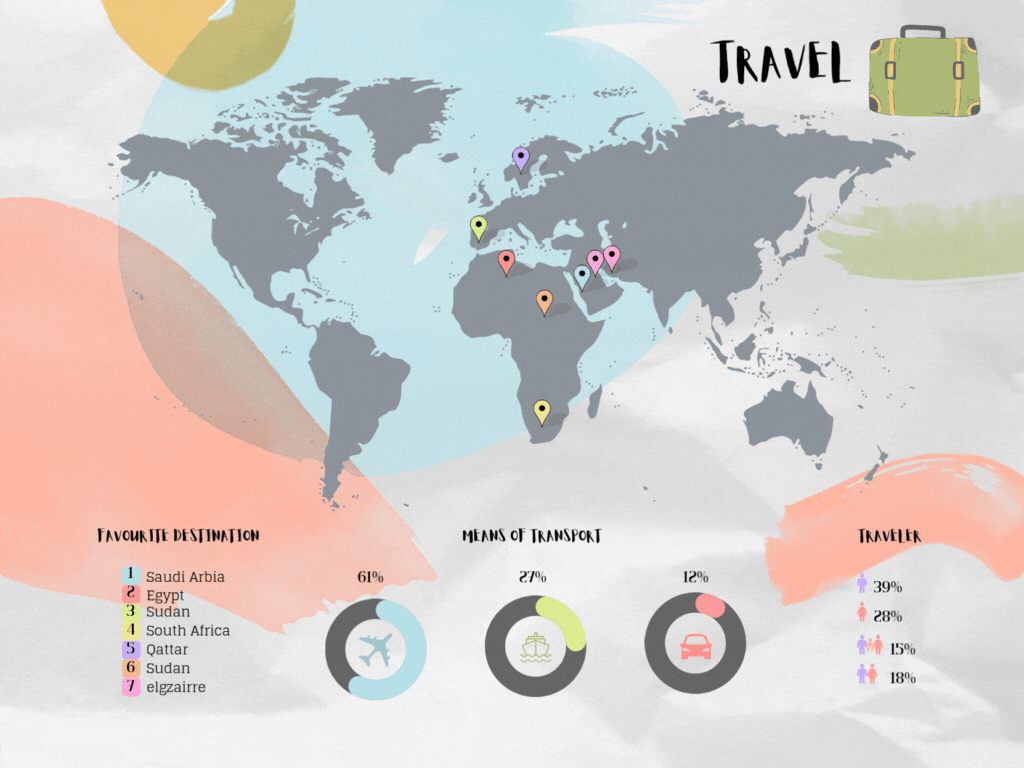Recognition Trends in Pediatric Emergency Cases: Perspectives from Clinical Laboratory Diagnostics
Abubakr Elamin1, Mayssaa Mamoun Yousef Ahmed2, Rihab Khattab3, Omer Kheir4, Doaa Mohamed Yousif Mabrouk5
Keywords:
Diagnostic Patterns in Pediatric Emergency Cases: Insights from Clinical PathologyAbstract
N.V
Authors' ORCIDs are Missing 0000-00000 N/A
Background: In pediatric emergency care, accurate diagnosis is critical for the desired treatment. Systemization of clinical pathology and imaging might lead to higher accuracy of diagnoses in various diseases of children. Objective: The study aims to evaluate the feasibility of clinical pathology and imaging protocol regarding diagnostic accuracy in pediatric emergent disorders and corresponding age and condition performance. Methodology: The cross-sectional study involved a single centre excluding patients<18 years old without needing diagnostic imaging. Age group and conditions, sensitivity, specificity, Positive Predictive Value (PPV), and Negative Predictive Value (NPV)were also determined. Patient data were extracted from patients’ charts, initial core application biomarker assays, and radiologic results and confirmed with comparison to their clinical records. Results: The protocol was 87% sensitive in general and 92% specific, although sensitivity remained constant across ages while specificity was slightly higher in the oldest children. The protocol proved especially useful in identifying crucial conditions that require immediate action; meningitis had the highest sensitivity of 93%. Conclusion: This study provides evidence for using integrated diagnostic protocols in pediatric emergency care, and newer adaptation strategies may even build the capacity for more precise diagnosis. The authors also suggest multi-centre trials and further changes to its age-dependent markers to ensure the high accuracy of the method in other clinics.
Research Paper Report :
1. IntroductionPediatric emergency care requires accurate diagnostic methodologies to ensure timely and appropriate treatments. Recent advancements in clinical pathology and imaging have allowed for improved diagnostic accuracy in various pediatric conditions. This report explores the research conducted by Abubakr Elamin, Mayssaa Mamoun Yousef Ahmed, Rihab Khattab, Omer Kheir, and Doaa Mohamed Yousif Mabrouk, focusing on the integration of clinical pathology and imaging in pediatric emergencies.
2. Methodology 2.1 Study Design and PopulationThe research, conducted as a cross-sectional study, involved pediatric emergency patients requiring diagnostic imaging. Data was collected through patient records, biomarker assays, and radiological findings, ensuring a comprehensive evaluation of diagnostic performance. The study included patients under 18 years old, with data extracted from medical charts and confirmed through clinical records.
2.2 Diagnostic Performance MetricsThe study assessed sensitivity, specificity, Positive Predictive Value (PPV), and Negative Predictive Value (NPV) across various pediatric age groups. Sensitivity measured the ability to correctly identify positive cases, while specificity determined the correct classification of negative cases.
3. Results 3.1 General Diagnostic Accuracy-
Overall sensitivity: 87%
-
Overall specificity: 92%
-
Positive Predictive Value (PPV): 90%
-
Negative Predictive Value (NPV): 89%
-
Sensitivity for meningitis cases: 93%, showing high efficiency in identifying life-threatening conditions.
The research by Elamin et al. underscores the importance of combining biomarker analysis with imaging techniques. This integration has significantly improved diagnostic precision, particularly in severe cases like meningitis, where early intervention is crucial.
4.2 Implications for Emergency Pediatrics-
The high sensitivity across all age groups indicates that the diagnostic protocol is effective in pediatric settings.
-
Specificity increases with age, suggesting that symptoms may be more distinguishable in older children, improving diagnostic accuracy.
-
Multi-modal diagnostic approaches should be further explored to refine emergency pediatric care protocols.
This research provides substantial evidence supporting the use of integrated diagnostic protocols in pediatric emergency care. The findings highlight the necessity for multi-center trials to validate the protocol's applicability across diverse clinical settings.
Recommendations:-
Implement structured clinical pathology and imaging protocols in pediatric emergency departments.
-
Conduct further studies to refine age-specific diagnostic markers.
-
Promote the use of biomarkers to enhance early detection of severe conditions.
The study was conducted by Abubakr Elamin, Mayssaa Mamoun Yousef Ahmed, Rihab Khattab, Omer Kheir, and Doaa Mohamed Yousif Mabrouk. For further information, contact the corresponding author Dr. Omer Kheir at [email protected].





